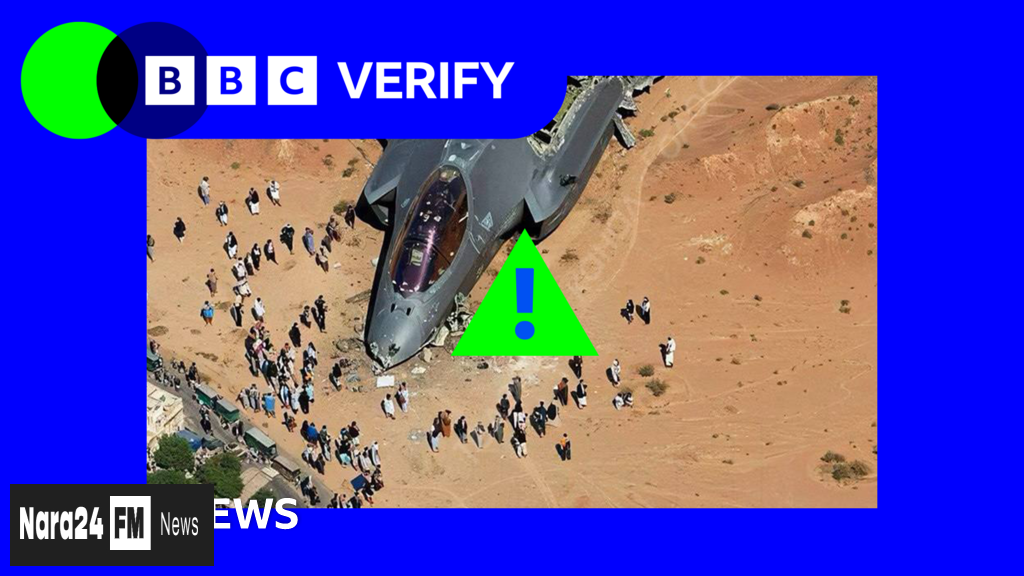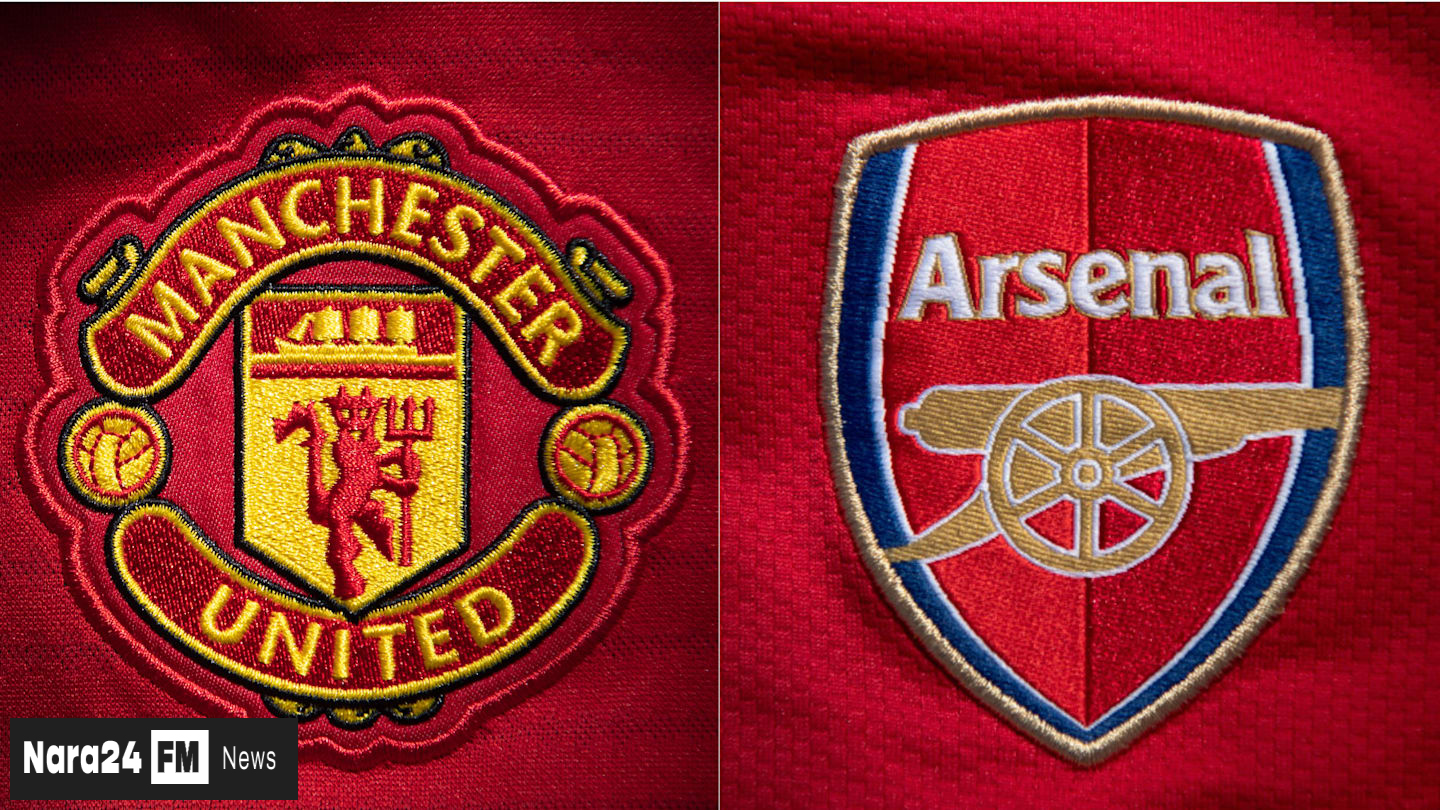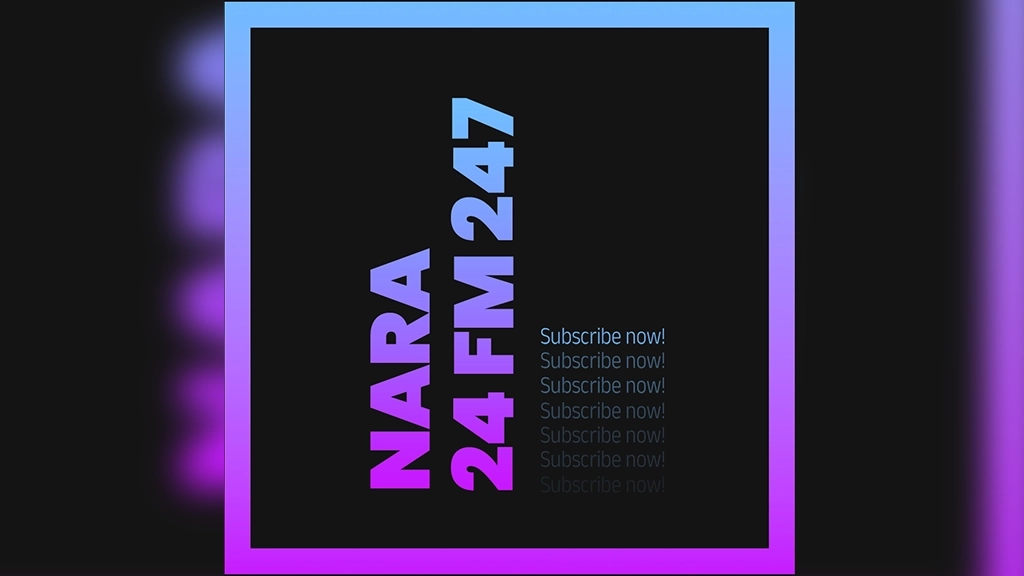In This Article
- Introduction to Surge of AI Disinformation
- Impact of Disinformation on Israel-Iran Conflict
- Role of Artificial Intelligence in Generating Misinformation
- Spread of Deceptive Content on Social Media Platforms
- Response to Disinformation: Use of AI Chatbot for Verification
Key Takeaways
- A surge of AI-generated disinformation has flooded online platforms following Israel's attacks on Iran, distorting perceptions of Tehran's actions.
- Deceptive videos created using artificial intelligence have collectively amassed over 100 million views on social media, with pro-Israeli entities also contributing to the spread of misinformation.
- This conflict marks the first large-scale use of generative AI technology for disinformation, with fabricated content exaggerating Iran's military success and misleading narratives about Israeli operations.
- Prominent accounts have been sharing AI-manipulated images to amplify false claims, while speculation about potential US strikes on Iranian nuclear facilities has led to the circulation of misleading visuals featuring B-2 bombers over Tehran.
- Social media platforms like X have seen a proliferation of false information, prompting users to turn to AI chatbots like Grok for validation of posts amidst the surge of disinformation.
A wave of disinformation has inundated online platforms in the wake of Israel's attacks on Iran, triggering a barrage of fabricated content seeking to distort perceptions of Tehran's actions. According to a BBC Verify investigation, numerous videos generated using artificial intelligence have emerged, showcasing Iran's military prowess alongside counterfeit clips depicting the aftermath of Israeli strikes.
The most viewed deceptive videos identified by BBC Verify have collectively garnered over 100 million views across various social media platforms. Pro-Israeli entities have also participated in spreading misinformation online by sharing outdated footage of demonstrations in Iran, misleadingly suggesting growing dissent against the Iranian government and backing for Israel's military operations.
Israel initiated attacks on Iran on June 13, prompting retaliatory missile and drone assaults from Iran. An organization specializing in open-source imagery assessment described the volume of disinformation online as "remarkable," attributing some of it to "engagement farmers" aiming to capitalize on the conflict by disseminating misleading content designed to attract online attention.
Emmanuelle Saliba, Chief Investigative Officer at the analyst group Get Real, highlighted that this surge of disinformation marks the first large-scale utilization of generative AI technology during a conflict.
Accounts scrutinized by BBC Verify have frequently shared AI-manipulated images exaggerating Iran's success in responding to Israeli strikes. Misleading content includes images of missiles targeting Tel Aviv and false claims of Israeli F-35 fighter jets being destroyed, despite the lack of authenticated footage of such incidents.
Moreover, disinformation has been disseminated by prominent accounts involved in previous conflicts, with some potential motivations revolving around financial gains from high view counts on social media platforms. Conversely, pro-Israeli narratives have emphasized alleged internal dissent within the Iranian government amidst the ongoing attacks.
As speculation mounts regarding potential US strikes on Iranian nuclear facilities, some accounts have shifted focus to circulating AI-generated visuals featuring B-2 bombers over Tehran. Notably, state media in both Iran and Israel have shared deceptive imagery, further fueling the spread of misinformation.
The proliferation of false information has been particularly rampant on social media platforms like X, prompting users to seek validation through the platform's AI chatbot, Grok, to verify the authenticity of posts.








Comments (0)
Leave a Comment
Be the first to comment on this article!